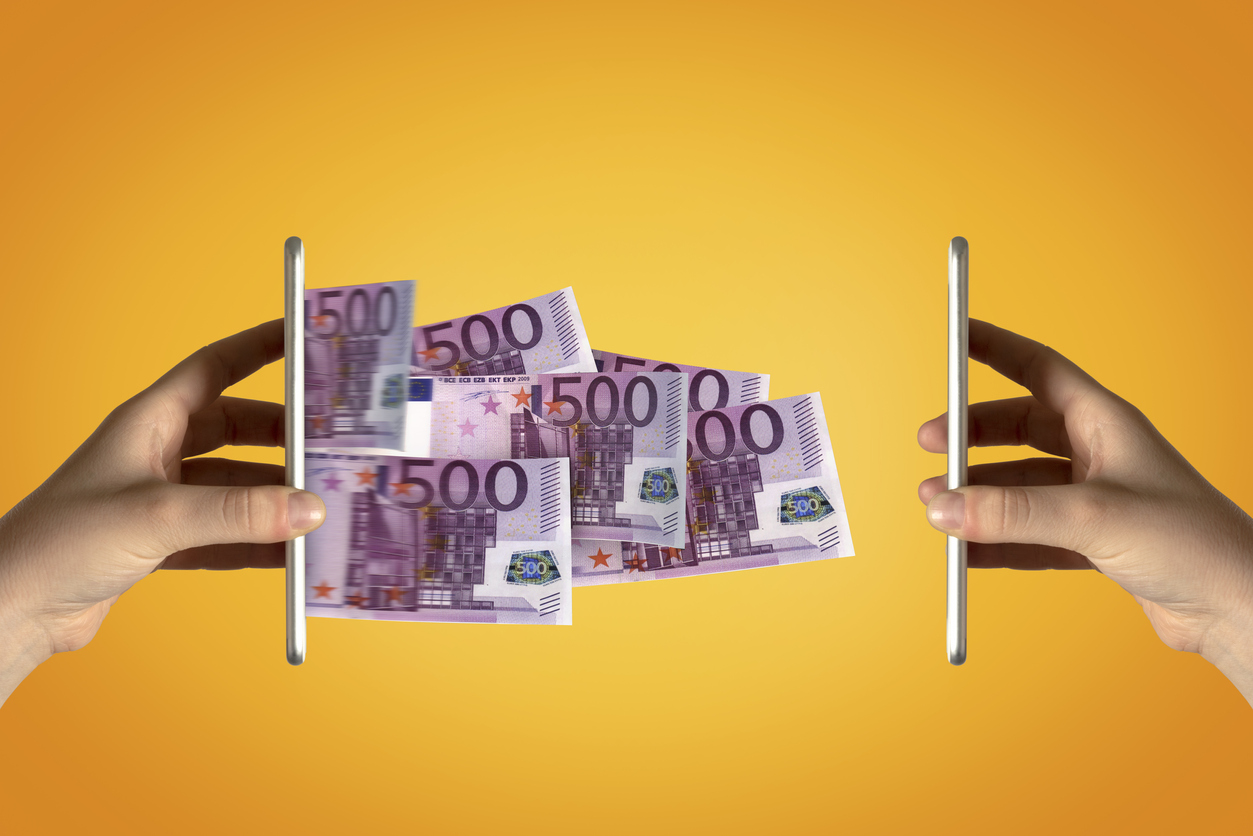In recent years, there's been a rise in the use of A2A payments.
Also known as peer-to-peer or P2P payments, A2A payments are transactions between two individuals without using a third party. This type of payment is prevalent among younger generations, who often prefer speedier and more convenient ways of transacting. However, as A2A payment methods become more prevalent, different generations have also happily participated. This article explores the benefits of using A2A payments and discusses everything you need to know to get started.
What are A2A payments?
A2A payments stand for Account-to-Account payments. Also known as peer-to-peer or P2P payments, they are transactions between two individuals without using a third party. A2A payments can be made using a variety of platforms, including Venmo, Paypal, SEPA Express, and Cash App. A2A payments are used for various purposes, but we have seen in recent years a sharp rise in their use in the business space.
To make a payment, the sender enters the recipient's information (such as their email address or phone number) and the amount they wish to send. The recipient will then receive a notification that they have been sent money and can choose to accept or reject the payment. If the payment is accepted, the funds will instantly be transferred from the sender's account to the recipient's account.
What are the benefits of A2A payments?
There are many benefits to using A2A payments. First, A2A payments are quick and easy to make, and there is no need to fill out paperwork or go through a third party - you can enter the recipient's information and the amount you wish to send.
Additionally, A2A payments are convenient. You can make a payment anytime, anywhere, if you have an Internet connection. The abundance of payment methods that fall under the A2A umbrella also gives users choice and flexibility. There are region-specific payment providers that allow for even more efficient and inexpensive transactions of funds for same-currency users.
On top of that, A2A payments are typically very secure. When you make a payment using a platform, your personal and financial information is protected with the latest security features. A double authorisation is also built into many solutions, and users have to authorise their transactions when logging into their account as well as immediately before making a payment.
Finally, A2A payments can help you avoid extra fees. Many traditional banks charge fees for making wire transfers or sending money abroad. When you use A2A payments, however, you can access a relatively inexpensive solution. However, this is dependent on the exact provider you use, and fees ultimately can vary.
Why are A2A payments becoming more popular?
There are many reasons why A2A payments are becoming more popular.
First, this popularity is due to a general shift in consumer sentiment. We are seeing more and more users pivot from traditional banking institutions due to their high fees and relatively slow development in comparison with solutions from up-and-coming fintech firms. These firms also offer a range of incentives for users when they sign up and use their services, such as savings and rewards.
The rapid advancement of technology has also made A2A payments more popular. The rise of our reliance on mobile devices and smartphone penetration globally have made A2A payments a mainstay for many users due to their high level of convenience. This means payments can be made 24/7 and with very little effort – when the payer is at home, out and about, and even abroad.
What are the challenges of implementing A2A payments?
A few challenges can be found when implementing A2A payments.
First, A2A payments are still relatively new, and not all countries have fully adopted them. Due to this, there's still some uncertainty about how they will be regulated in the future. However, countries and territories that have already implemented alternative direct payment methods have found their initiatives very successful.
For example, SEPA (Single Euro Payments Area) offers a simplification of transactions denominated in euros within participating countries in the European Union. Launched in 2004, SEPA continues to harmonize inter-regional payments and reduces expenses in credit transfers and direct debit payments.
Another challenge of A2A payments is that they are typically made through mobile devices, which have the potential to be lost or stolen. This means there is a risk of fraud or theft when using A2A payments. However, this can easily be mitigated through implementing personal safety and security measures such as keeping confidential information private and enabling double authentication methods.
How can businesses get started with A2A payments?
If you're a business owner, there are a few things you need to consider before getting started with integrating A2A payment methods into your workflow.
First, you'll need to choose the right platform for your business. Several platforms offer A2A payments, so it's essential to do your research and choose the one that best meets your needs.
Second, you need to make sure you have the necessary infrastructure in place. It includes having a mobile device that can be used to make payments and a way to accept payments from customers.
Finally, it helps if you educate your employees about A2A payments, including training them on how to use the chosen platform and the risks associated with A2A payments.
In conclusion
A2A payments are becoming increasingly popular due to their convenience, security, and ability to help businesses avoid fees. While some challenges need to be considered when implementing A2A payments, these can be overcome by choosing the right platform and educating your employees about the risks associated with A2A payments.












